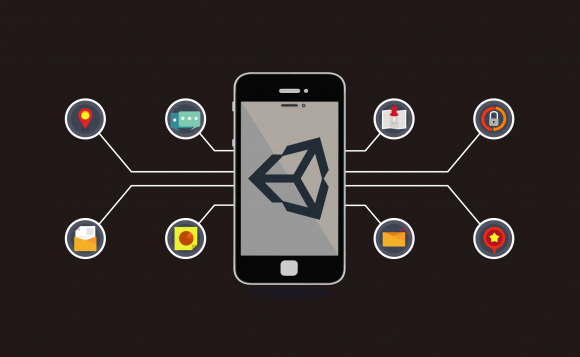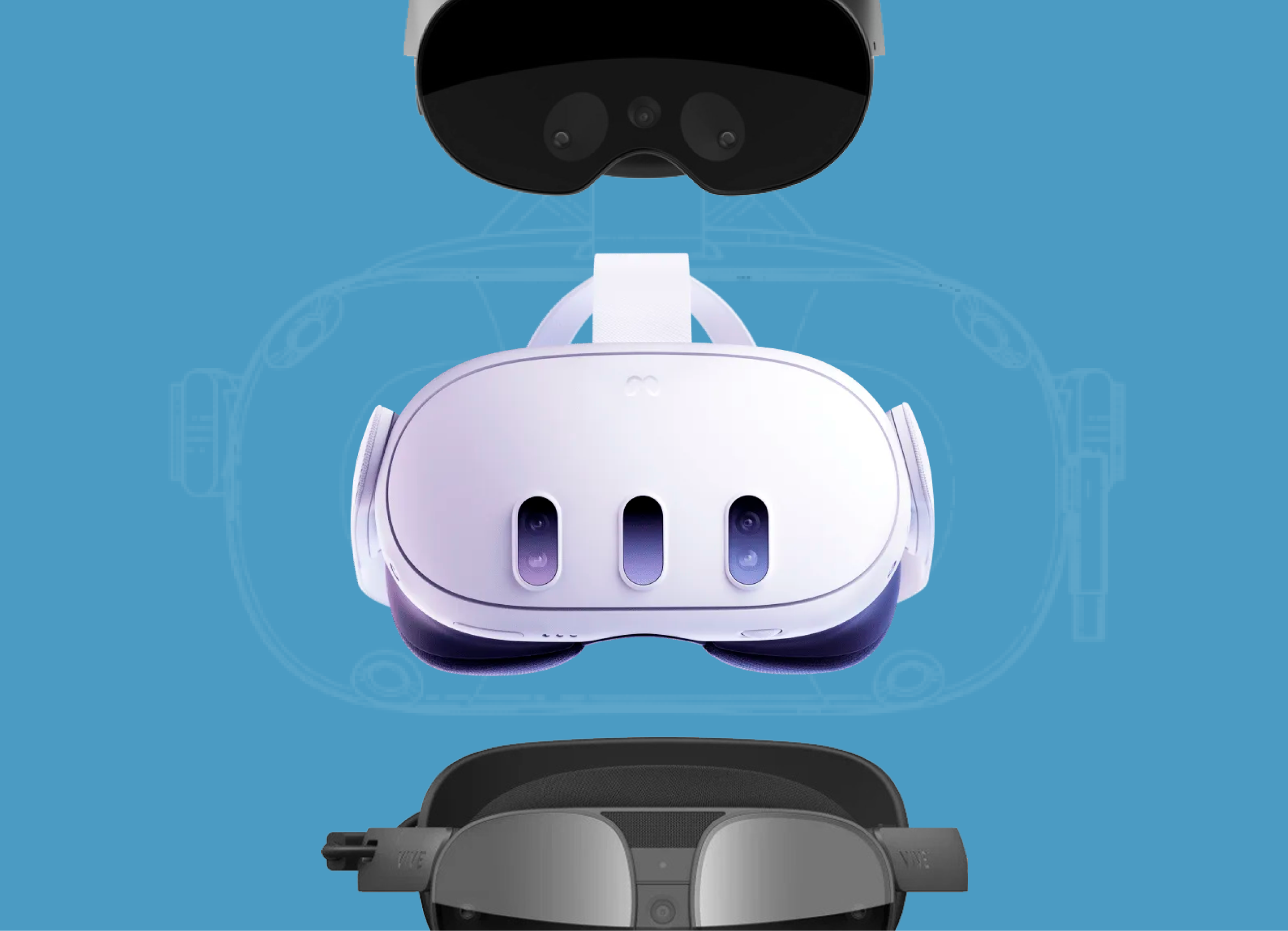
Augmented Reality (AR) is continually growing as a tech concept and finding its way into many everyday business concepts. What was initially an innovation primarily for gaming is now acquiring applicability in areas such as navigation and in creation of more user interactive system. AR has managed, rather quietly, to branch into smaller devices such as smartphones, where it has also been incorporated into everyday mobile applications.
The successful rate of AR adoption into various business facets can be accredited to the advancements which have been realized among its creators. For starters, there has been a vast improvement in gadgetry which has paved way for AR implementation. The development process has also been widely simplified thanks to high level integrated software systems which enable the creation of complex environments without much work. One software application which has managed to stand out for a long time is Unity.
Unity has solidified its position within the AR world, and as they continue to advance their systems, various advantages are being utilized by developers every day, with a few primary ones listed below.
Feature-packed Developer Environment
Perhaps the key reason why Unity is a leading entity in AR development is the fact that it is built with numerous features which are all aimed at rapid development without compromising on quality. Unity provides excellent graphics for its developers, with the latest version (Unity 5) having real-time lighting capabilities for every device which its products are made use of.
The audio components of Unity are very high level as well, and have now been improved further to allow real-time mixing and mastering of audio files within an application. This allows developers to further edit and refine their mixing graphs and edit their audio during gameplay. Features such as ducking have also been improved thanks to real-time functionality, creating a more comprehensive audio environment.
When it comes to animation, Unity has integrated direct blend shapes which allow a user to modify animations while the game runs. It also provides interactivity between state machines so a developer can add behavior directly to various animation states by simply interacting with the machines’ entry and exit nodes.
Cross-platform development
Unity seems to have mastered the art of cross-platform development with regard to AR. It allows the integration of custom AR development environments on top of its own framework to allow simultaneous developments for different platforms. The most prominent frameworks supported to date are Google’s ARCore, Apple’s ARKit, and Microsoft HoloLens. Besides already supporting these frameworks, Unity has announced that a single cross-platform framework is being developed, and will allow development on Unity platform only with capabilities of deployment to various devices running different operating systems.
Simplicity of Use
Compared to other AR development platforms, Unity stands out in how simple it is to navigate and utilize its interfaces. Like many other development environments, some high-level features may take time to understand, but Unity has maintained a highly simplified interface without compromising on other factors. The modular representation of each feature enables users to study and utilize them independent of other features and allows them to develop rapidly and iteratively.
Unity Cloud Build
Unity provides cloud-based services to its users through its Cloud Build framework. Cloud Build was integrated to assist teams in the collaborative development of AR applications. The cloud-based platform combines the advantages of remote operations with crucial functionality such as compiling, testing, and deployment of AR applications over a network. Some advantages of Cloud Build include the automation of workflow, so more time is spent developing rather than maintaining projects. There is also a generation of concurrent builds, which makes it possible for one AR project to be built differently depending on where it is going to be run or what the consumer requires.
Cloud Build can also be integrated into existing versioning systems so that data can be more accurately classified and stored.
Unity Community
Thanks to is increased growth in the past years, Unity has garnered a massive community online. While there is documentation for all the various parts of Unity, the community can be an ideal part of a framework as some of the capabilities within it may be undiscovered. The large community base for Unity allows its members to access help whenever they require it as well as gain tips and tricks on how to navigate various components of AR development.
Unity has already proven to be a leading force in the optimization of AR within various business models. Moving on ahead, thanks to the support it has received from its audience, as well as the untapped potentials of AR, Unity is sure to continue advancing and opening more opportunities for the advancement of AR and its subsequent integration into our daily lives in many relevant and applicable ways.



